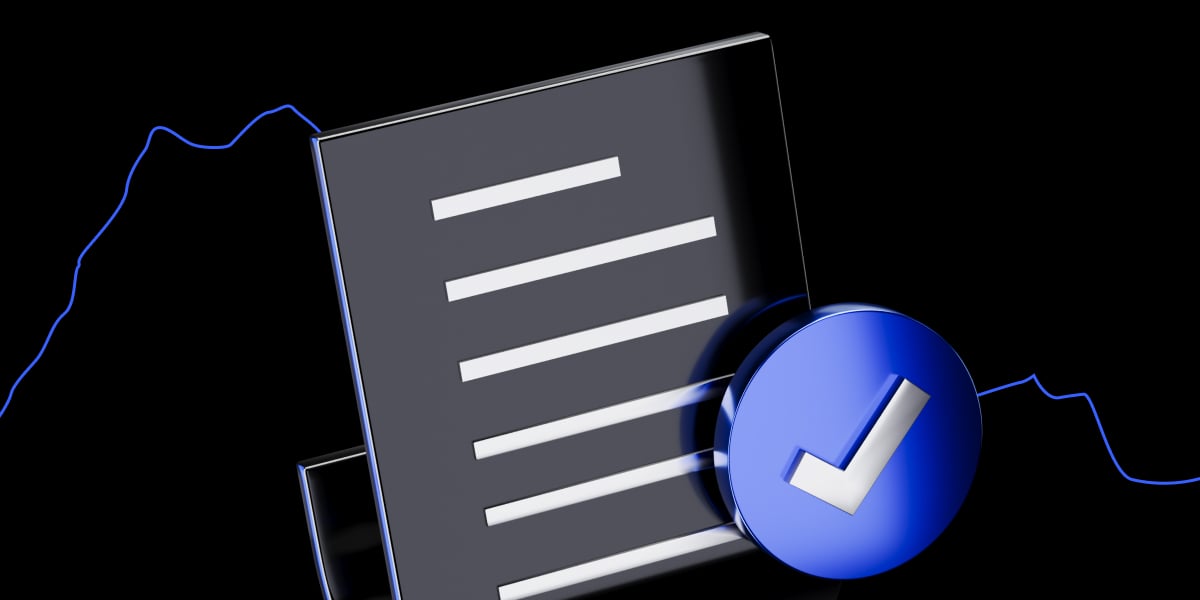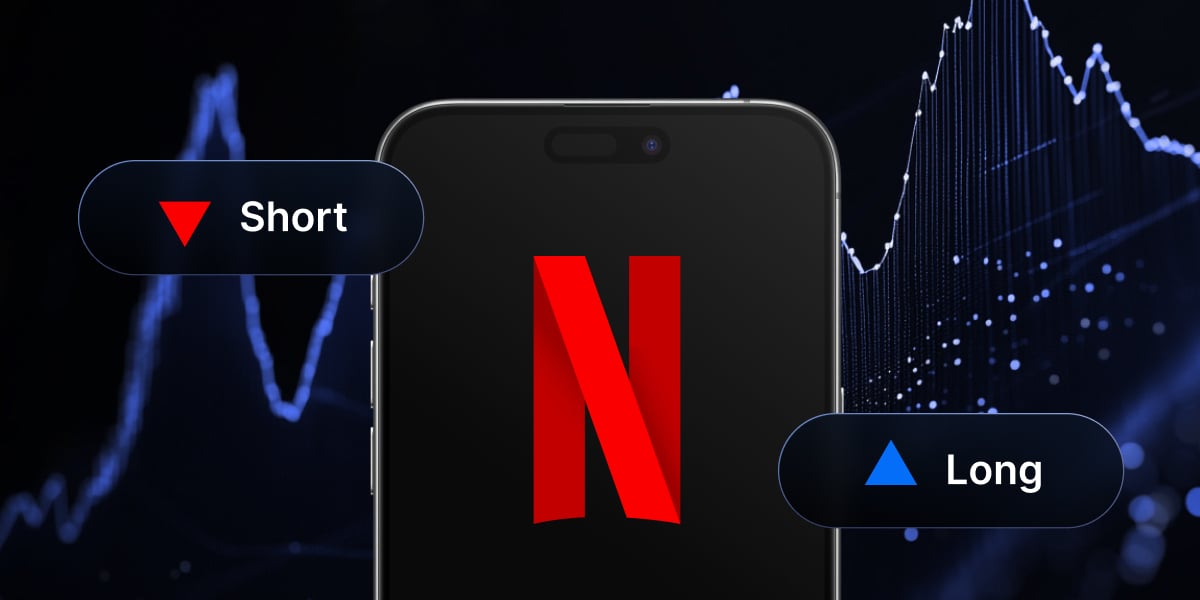The Parabolic SAR, also known as the Parabolic Stop and Reverse indicator, is a frequently utilized technical analysis tool created by J. Welles Wilder, a prominent financial market analyst. Wilder is credited with developing several widely used technical analysis indicators, such as the Average True Range, Average Directional Index, and Relative Strength Index, making him a highly respected figure in the field.
The method was designed to find potential reversals and gauge trend strength, and is considered a lagging indicator. It is a technical analysis indicator focusing not only on price but on time as well.
Parabolic SAR Definition
When trying to define Parabolic SAR, it’s best to imagine that it’s looking for logical points where trends stop and reverse, based on price parabola. It was developed to indicate short-term trend momentum, and easily allow traders to set trailing stop losses, or plan entry and exit points based on a parabolic curve. Read on to learn how to use the Parabolic SAR strategy.
Why The Parabolic SAR Indicator Matters
The indicator’s creator, J. Welles Wilder Jr. was the author of New Concepts in Technical Trading Systems, a groundbreaking book on technical analysis, earning Wilder the title of – as Forbes Magazine called him – “the premier technical trader.” Financial World was quoted as saying, “Over the years, Wilder has developed more accurate commodity trading systems and concepts than any other expert.”
Wilder’s indicators today are considered the core technical analysis tools used on more stock charts than any others, which include the Relative Strength Index, Average Directional Index, and Average True Range.
After 17 years of studying the indicator, it has shown results at a 95% confidence level, making it among the most reliable trading systems today.
How the Parabolic SAR Indicator Works
Wilder believed that unless an asset continued to generate a return on investment over time, then the asset should be sold to free up capital for more profitable ventures.
It led to the creation of a tool that indicates when an asset has gone parabolic, and depending on whether the indicator’s parabola is below or above the price of an asset determines if that price action is bearish or bullish.
It can be used to spot when trends are turning around, and when combined with other tools that gauge trend strength, such as the Relative Strength Index or Average Directional Index, can produce very powerful results and deliver profit regularly.
How the Parabolic SAR Indicator is Calculated
The Parabolic SAR is calculated separately for each trend. Depending on the trend direction, SAR will appear above or below an asset’s price on a chart and converges upward or downward towards it. With each new step, SAR is calculated one step in advance, meaning that the next period’s value is built using data from the current price action.
Calculating the indicator can be done using this Parabolic SAR formula as follows:
SARn+1 =SARn + AF(EP - SARn),Where:
SARn and SARn+1 represent the current period and the next period’s SAR values, respectively.
EP by definition is the extreme point – a record of each new maximum or minimum reading on the indicator during a trend.
AF can be explained as the acceleration factor, typically set to a value of 0.02 initially, however, the settings can be tweaked.
Each time a new EP is recorded, the acceleration factor will increase until it converges towards the price.
SAR continues to be calculated this way until either one of two things occurs. If the next period’s SAR value is inside the current period or the previous period’s price range, then SAR must be recorded at the closest price. However, if the next period’s SAR value is inside the next period’s price range, a new trend direction is signaled and the SAR switches sides.
After a trend switches, the first SAR value for the new trend is recorded at the last EP in the prior trend.
How to Use the Parabolic SAR Indicator
As the indicator’s name implies, the Parabolic SAR focuses on a very simple concept of stop and reverse. When a price is in an uptrend but breaks below the parabola below the trend, it signals a reversal is possible. The inverse is true for downtrends.
Traders often use these breakthroughs as logical points to place stop-loss orders or to take new position entries in anticipation of a new uptrend.
The indicator provides very basic signals: the asset is a buy of the SAR is below the price candles and the asset is a sell if the SAR is above the price candles on a chart.
How to Read the Parabolic SAR Indicator
Rather than line charts or histograms, the Parabolic SAR is incredibly simple to use and is visually represented by a series of dots or SAR, that go parabolic at an accelerating rate, signaling a trend, until the dots switch sides potentially signaling a trend change will soon occur.
The Parabolic SAR indicator is considered a lagging indicator, so its readings are best later confirmed or gauged using additional tools, according to the indicator’s creator.
The Best Parabolic SAR Trading Strategies
Although the Parabolic SAR is a very straightforward tool with simple, easy to use trading signals and strategies, it can also be used for more advanced theories and methods, especially when combined with additional tools.
Here are some of the most common and best Parabolic SAR trading strategies.
1. Buy Signals Using Parabolic SAR Setups
Because the Parabolic SAR indicator is so straightforward to use, it gives very clear and easy to spot buy signals.
In the below example, a buy signal is given as soon as the SAR dots switch from above the price to below it. A more conservative approach suggests waiting for three full SAR signals to close before entering a position. This avoids the false positives often given by the indicator.

2. Find Levels To Set Trailing Stops or Move Stops in Profit Using SAR
Parabolic SAR doesn’t just give buy or sell signals, or indicate when reversals are occuring, it can also be used by traders to set trailing stops, or continue to move stop losses down in profit following the parabolic price action.
The below example shows how a trader could have continued to move their stops down in profit. While the price would have come up and hit their stops, the stop would be significantly in profit.

3. Sell Trend Reversals With Stop and Reverse System
The Parabolic SAR signals when one trend is ending and another is beginning by causing the SAR dots to flip to the other side of the price action.
In the below example, this flip from uptrend into downtrend produces a sell signal. The sell position would remain open until the SAR dots switch sides once again.
4. Wait For Trend Line Confirmation For Safe Entries Using SAR
As said throughout this guide, the Parabolic SAR is a lagging indicator and can give false readings. Therefore, many other strategies have been developed that include a confirmation either by the break of a trend line or using other indicators.
In the below example, it demonstrates how trend lines can be used for safer entries. In the example, a trader could wait for the SAR dots to break through the downtrend resistance trend line before taking a position. The example also shows how first although price broke through the trendline, SAR did not, and it resulted in a failed uptrend.

5. Avoid Market Chop By Only Trading SAR Signals
Parabolic SAR isn’t very effective during ranging markets, however, it can be used to avoid market chop during uptrends or downtrends that are insignificant to the overall trend.
In the below example, two massive movements have been highlighted in each trend. Traders that had taken positions thinking a change in trend was coming would have been disappointed and found themselves closing at a loss.

6. Using Moving Averages To Signal A More Conservative Entry
Again, because the Parabolic SAR indicator is often a lagging indicator that gives false readings, combining it with other tools is recommended.
In the below example, the 20-day moving average and 40-day moving average can be added to a chart along with Parabolic SAR. Rather than taking a position after SAR switches sides, a more conservative and safer approach has traders waiting for a candle close below both moving averages before taking a position. This confirms that the trend is strong and likely to continue.

Tips for Traders and Common Mistakes
Because the Parabolic SAR indicator is considered a lagging indicator, it can give false signals so traders need to be aware of the risk and set stop losses accordingly.
The Parabolic SAR can signal early when a trend has changed, and when combined with other trend strength gauging tools such as the Relative Strength Index or Average Directional Index, a winning combination is possible.
Parabolic SAR often whipsaws and provides poor performance during sideways, raging markets. Traders who rely heavily on the Parabolic SAR indicator are recommended to not take trades unless a prevailing trend is present.
Conclusion
Considering how easy it is to use the Parabolic SAR technical analysis indicator is to use and how accurate statistical data suggests the tool is, it’s easy to see how traders who regularly put the tool into practice have learned to make money day trading forex, stocks, crypto and more on PrimeXBT.
Parabolic SAR is just one of the many indicators available in the built-in charting software offered by PrimeXBT, in addition to other profit-generating tools such as up to 1000x leverage and both shorting and long positions.
PrimeXBT offers additional training materials and tutorials explaining how to get started trading. With extremely low minimum deposits and very little capital required to get started, anyone can become profitable with practice.
Registration is free and takes less than 60 seconds, requires no KYC, and will quickly get you on your way to grow your capital by day trading.
The content provided here is for informational purposes only. It is not intended as personal investment advice and does not constitute a solicitation or invitation to engage in any financial transactions, investments, or related activities. Past performance is not a reliable indicator of future results.
The financial products offered by the Company are complex and come with a high risk of losing money rapidly due to leverage. These products may not be suitable for all investors. Before engaging, you should consider whether you understand how these leveraged products work and whether you can afford the high risk of losing your money.
The Company does not accept clients from the Restricted Jurisdictions as indicated in our website/ T&C. Some services or products may not be available in your jurisdiction.
The applicable legal entity and its respective products and services depend on the client’s country of residence and the entity with which the client has established a contractual relationship during registration.




